The secrets of the Old Melbourne Gaol
A look at the controversy behind the gaols most famous prisoner – Ned Kelly — and the two botched hangings which marked the start of its bloody history of executions.
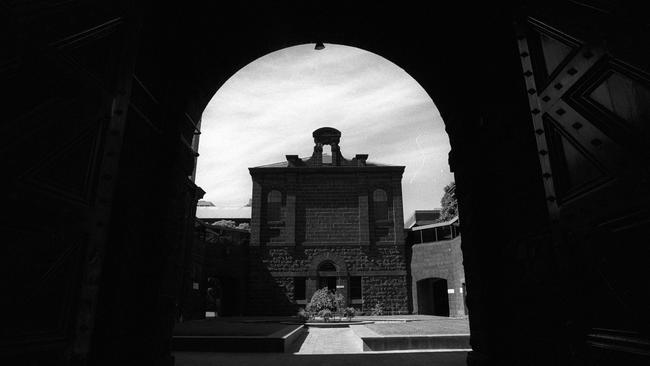
Leader
Don't miss out on the headlines from Leader . Followed categories will be added to My News.
The Old Melbourne Gaol was built in the late 1830s as the first permanent gaol in Port Phillip — by 1850 it was crowded and marked with death.
The prison executed 135 people by hanging between 1842 and 1929 for crimes of murder, shooting with intent to murder, robbery, robbery under arms, attempted murder, rape, violent assault and arson causing death.
THE FIRST HANGINGS
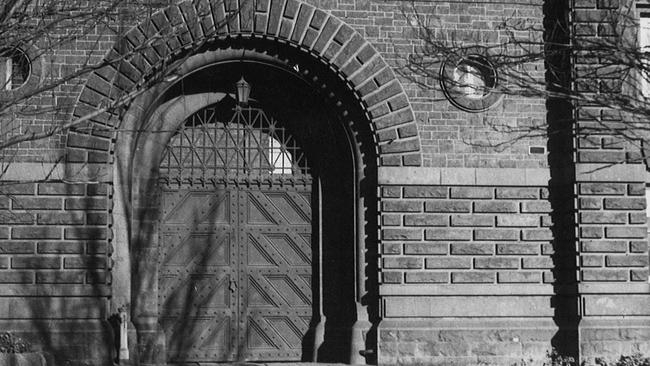
In 1842 conflict between traditional land owners and European settlers lead to the first executions in the state after a small group of Tasmanian Palawa men and women were brought to Victoria and joined the frontier wars a short time later.
After the death of two whalers, two Indigenous men were sentenced to death, despite being defended by Redmond Barry.
The majority of the Melbourne population turned out to watch the bungled hanging outside the Old Melbourne Gaol where they slowly strangled to death.
It is understood Judge John Walpole Willis had hoped their punishment would assist “to deter similar transgressions” by Indigenous people.
Of the first nine executions in Victoria five were Aboriginal men.
GOLD RUSH
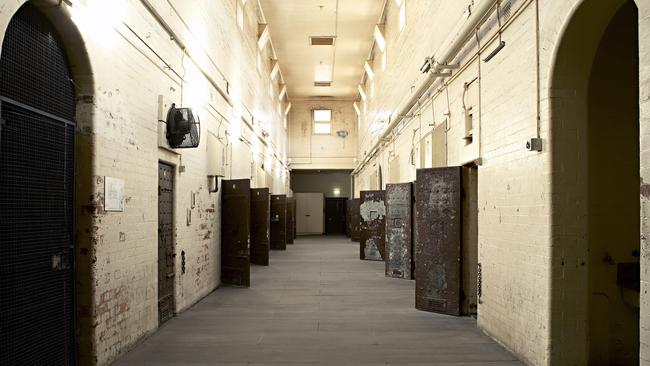
The first cells were opened in 1845, and when the gold rush kicked off it led to a surge in the population with the prison crammed full.
In 1859 a new cell block was built to sustain the overflowing prison population with the use of a modern design to improve hygiene.
NED KELLY: Folk hero or murderer?
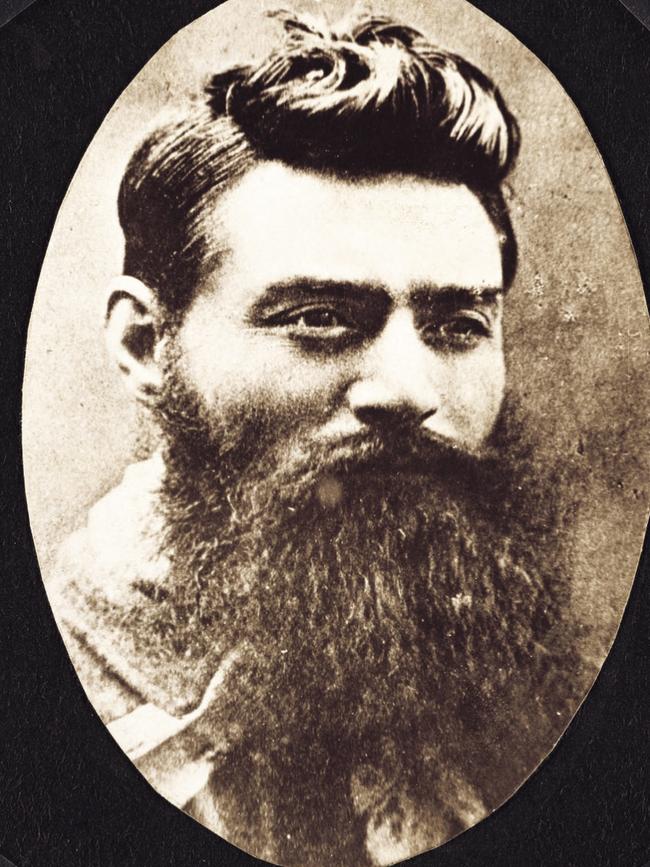
This month marked 140 years since Edward “Ned” Kelly took his final steps to the gallows at what was then Melbourne Gaol.
He remains Australia’s most famous bushranger and the tales behind the outlaw and the Kelly Gang are at the heart of local folklore.
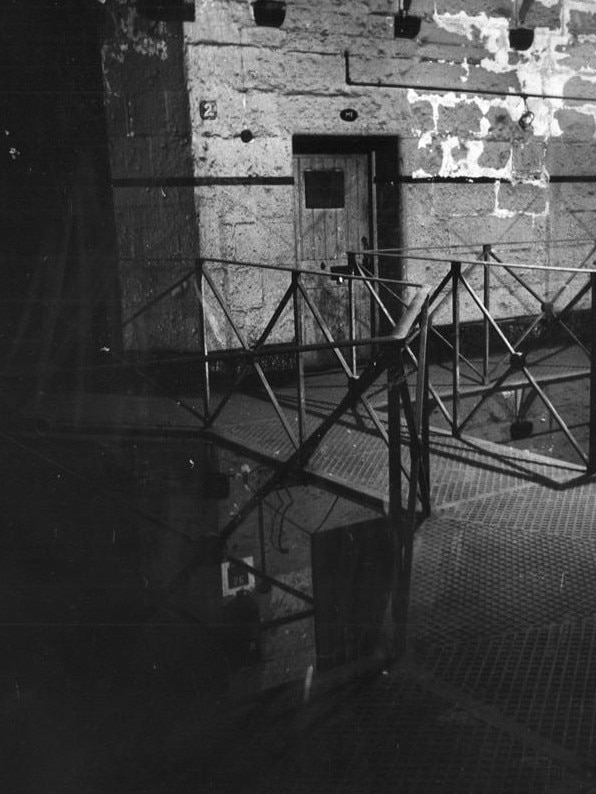
In an article written by Doug Morrissey he said it’s time to end the Ned Kelly myth that he and his criminal Kelly Gang were folk heroes.
“The Kelly myth, and Ned in his Jerilderie Letter (1879) written three months after the bloody Stringybark Creek massacre, portray the police force and individual policemen as oppressive, corrupt and working for a tyrannical colonial government,” he said.
“A colonial government intent on upholding the English Protestant ascendancy and crushing the long-suffering Catholic Irish in Australia.
“Protestant versus Catholic, rich versus poor, squatter versus selector and the police supporting the status quo.”
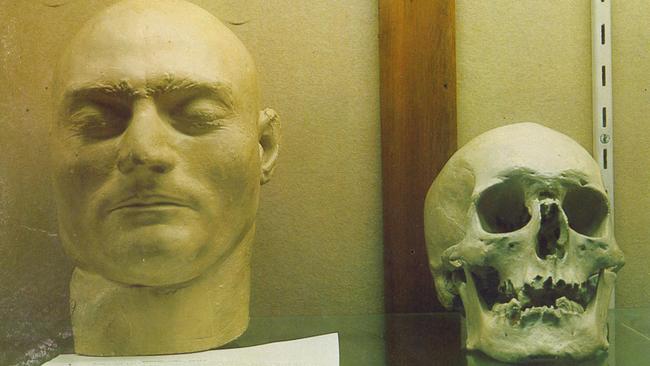
The most famous image of Ned Kelly was taken the day before his death, the same say he was visited by his mother Ellen, who was a prisoner herself.
After an 18-month long trial he was hanged November 11 1880.
Reports from the time detail the public were enthralled with the Kelly story and there were fears sections of the public would lash out.
A large investigation was sparked into police at the time after claims body parts were taken as souvenirs.
The final resting place of Kelly was not confirmed until officials ended the decades-long mystery in 2011 after the discovery of his headless skeleton in a mass grave.
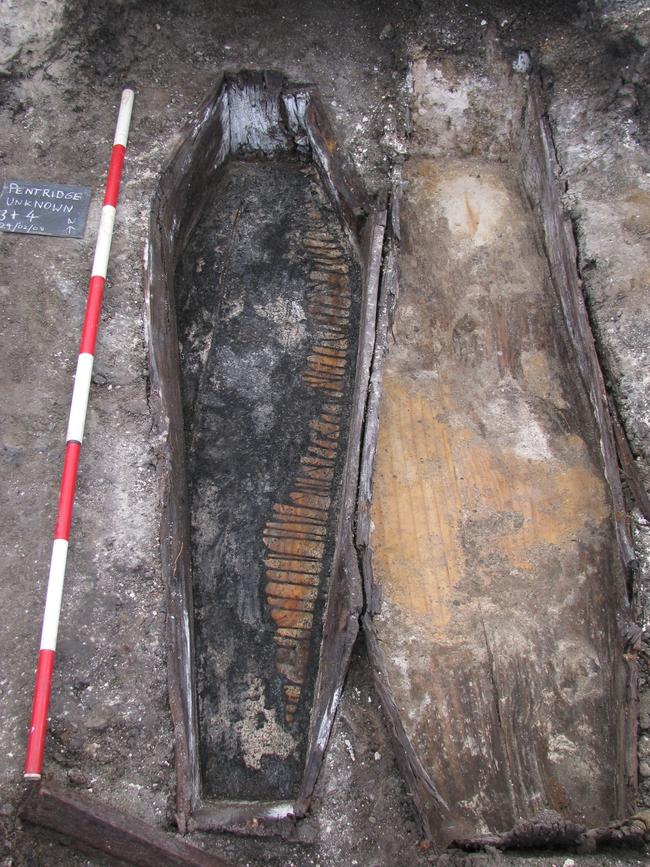
THE HANGMAN’S JOURNAL
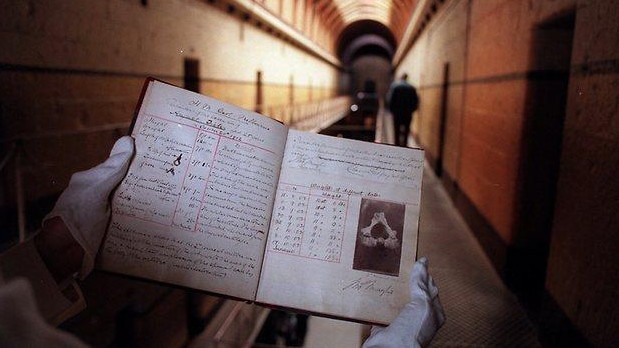
A hangman’s journal is now held by Public Record Office Victoria which records past executions in clinical detail.
In 1891 two men both named John Wilson were hanged just seven weeks apart.
The first John Wilson was hanged at Melbourne Gaol on March 23 for the murder of his sweetheart, Stella Marks.
He had cut his fiancee’s throat with a razor during an evening walk in Clifton Hill’s Darling Gardens, after discovering love letters she had received from other men.
Just seven weeks after the first execution, another John Wilson was lead to the scaffold at Ballarat Goal to face the same deadly fate.
He had been found guilty of the rape of a young girl and sentenced to death.
Wilson appealed to have since sentence reprieved, before being moved to a cell near the gallows the night before the hanging.
THE LAST HANGINGS
Colin Campbell Ross, born in 1892, was executed on April 24 1922 for murder — he was pardoned in 2008 — was the second last person to be executed at the gaol.
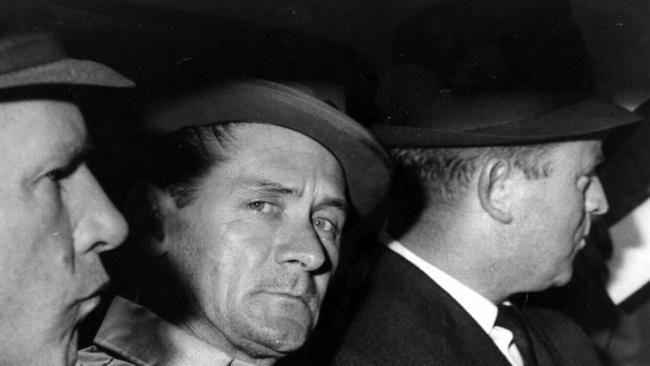
Although the last prisoner executed at the gaol was in 1924 the last person hung in Victoria — Ronald Ryan — wasn’t until 1967 when the controversial sentence sparked eight years of debate.
A NEW AGE
The Old Melbourne Gaol still stands but historical tours, school trips and private events occupy the stone walls instead of the condemned.
The gaol closed in 1924 and bodies of those who died there were removed from the cemetery.
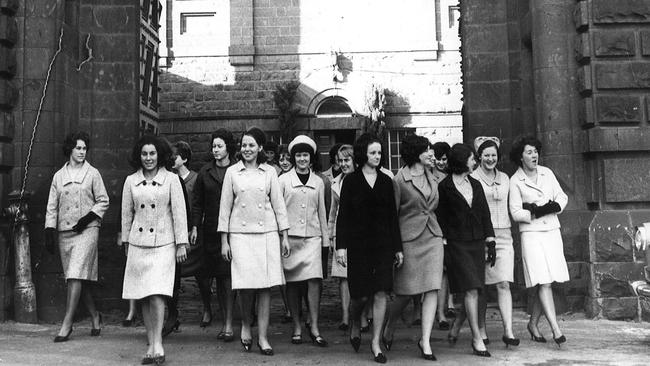
The original foundations for the site were unearthed in 2008 and gave a new insight to the conditions prisoners endured in the 19th century.
Archaeologist attending the Emily McPherson building where RMIT had begun a $22 million makeover uncovered parts of the circular exercise yard, watch tower and stone walkways from the prison governor’s private garden.
MORE MELBOURNE CITY NEWS
HOW TO TURN YOUR CARAVAN INTO CASH
REVEALED: WHICH TOP UNIVERSITIES LAND GRAD JOBS
REVEALED: MELBOURNE’S SECRET BARS AND HOW TO FIND THEM
Check out more stories at The Melbourne City News
Like us on Facebook here
Contact Grace at grace.mckinnon@news.com.au


